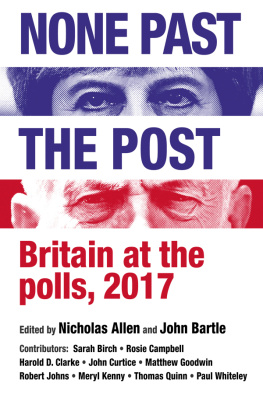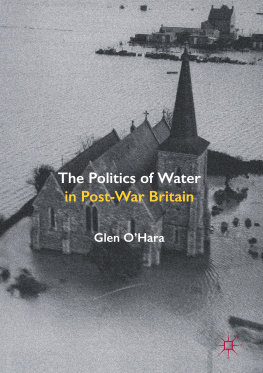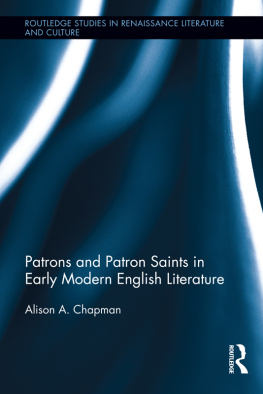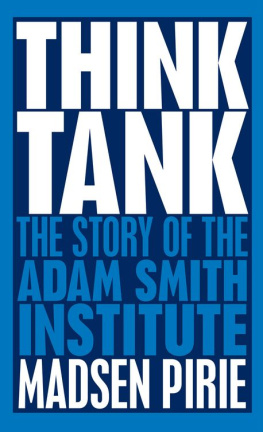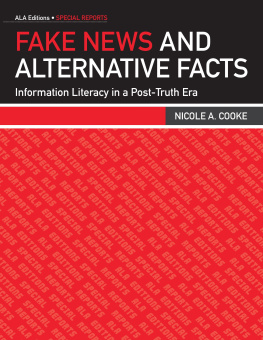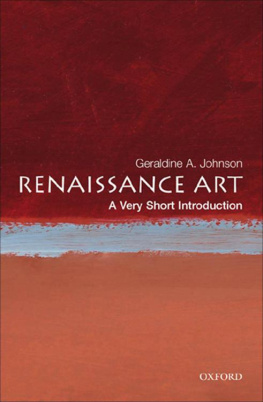ARTISTS AND PATRONS IN POST-WAR BRITAIN
Courtauld Research Papers
This series makes available original recently-researched material on western art history from classical antiquity to the present day
Also in the series:
Art, Politics and Civic Religion in Central Italy, 1261-1352
Edited by Joanna Cannon and Beth Williamson
Artists and Patrons in Post-War Britain
Essays by postgraduate students at the Courtauld Institute of Art
Edited by Margaret Garlake
First published 2001 by Ashgate Publishing
Reissued 2018 by Routledge
2 Park Square, Milton Park, Abingdon, Oxon, OX14 4RN
711 Third Avenue, New York, NY 10017, USA
Routledge is an imprint of the Taylor & Francis Group, an informa business
Copyright The individual contributors, 2001
The contributors have asserted their moral rights.
All rights reserved. No part of this book may be reprinted or reproduced or utilised in any form or by any electronic, mechanical, or other means, now known or hereafter invented, including photocopying and recording, or in any information storage or retrieval system, without permission in writing from the publishers.
Notice:
Product or corporate names may be trademarks or registered trademarks, and are used only for identification and explanation without intent to infringe.
Publishers Note
The publisher has gone to great lengths to ensure the quality of this reprint but points out that some imperfections in the original copies may be apparent.
Disclaimer
The publisher has made every effort to trace copyright holders and welcomes correspondence from those they have been unable to contact.
A Library of Congress record exists under LC control number: 2001088807
Typeset in Palatino by Manton Typesetters, Louth, Lincolnshire, UK.
ISBN 13:978-1-138-72284-2 (hbk)
ISBN 13: 978-1-315-19513-1 (ebk)
Contents
Margaret Garlake
Fiona Gaskin
Marian Williams
Mary Yule
Stacy Tenenbaum
Toby Treves
The editor and authors would like to thank Kenneth Armitage, Brian Bell, Denis Bowen, Christopher Butcher, Anthony Caro, the late Prunella Clough, Roger Coleman, Alan Davie, Robyn Denny, Hilary Diaper, Ronnie Duncan, Pamela Edwardes, Jane England, Peter England, Terry Frost, Martin Froy, Peter Garlake, Chris Garlick, Mel Gooding, Chris Green, the late Josef Herman, John Hoyland, Isabelle King, John Jones, Ellen Keeling, Phillip King, Porter McCray, Stephan Munsing, Waldo Rasmussen, Benedict Read, Bryan Robertson, Rona Roob, Robert Rowe, Ralph Rumney, Fiona Russell, Tim Scott, Jack Smith, Richard Smith, Darthea Speyer, Julian Stallabras, John Thorp, Sarah Wilson and an anonymous reader.
Margaret Garlake
In 1952 the painter, Felix Topolski wrote to Sir Kenneth Clark, former director of the National Gallery and Chairman-in-waiting of the Arts Council, complaining that despite the Councils promises of support for drama and music theatre, when it comes to visual arts, the artist is left to his own (nonexistent) devices.1 Topolskis protest, which was far from unique, was addressed to a man who operated at the core of the network of patronage relationships. It indicates that the artist might expect to be supported by the state. This in turn suggests an attitude to patronage specific to the immediate post-war years.
Studies of patronage in this period have focused on state institutions and the nature of their power rather than individuals2 or art produced in opposition to official funding bodies or events that do not fit into an institutional mould. Concentration on the Arts Council has obscured the diversity and conflicts within state patronage and has resulted in the Councils being adopted as a metonym for the entire system. The publication of several substantial studies suggests that this focus is increasing even as the Councils long-term survival becomes less plausible.3 Conversely, very little has been published on the British Council, the Institute of Contemporary Arts or the various County Councils, all of which established pioneering Connections between artists and the institutional art world.
This book consists of five case-studies, initially written as MA theses, that closely investigate aspects of the mechanisms of patronage outside the state institutions, while indicating structural links with it.4 The writers have sought to elucidate the relationship between patronage, the production of art and its dissemination. Without seeking to provide an inclusive account of patronage or art production in the early post-war years, their disparate and highly selective papers set up models for the structure of patronage under specific historical conditions. They assume an understanding that works of art are embedded in their social contexts, are products of the conditions under which they were produced and that these contexts and conditions are complex, fluid and imbricated in one another.
The contentious and intractable issue of quality obtrudes insistently into a study of this kind, if only because it may so easily be sidelined. Neutrality is no more plausible within a patronage system than within any other form of art production, though its terms may be discreetly concealed. Within self-justifying texts produced by the Arts Council, for instance, quality was constructed as autonomous, self-evident and inherent in works of art, whereas in practice it was grounded in a multiplicity of individual aesthetic responses and judgements by the Councils staff and advisers.5
Similarly, the individual judgement of maverick patrons is seldom straight-forward; within the field covered by these papers there are consistent preferences for works of art that are stable, durable objects; that are not politically determined or propagandist and that conform to broad critical criteria consistent with progressive or, in some instances, avant-garde art. To suggest that such works are better than the numerous available alternatives would be unsustainable, yet some kind of consensus is evident, within a common artistic nexus, that may be understood as a perception of quality. However contingent the judgements that produced that perception, they more or less uniformly acknowledged contemporary American painting as a datum point for assessment. Critical judgement suffered a crisis of confidence when first faced with Abstract Expressionism; not so artists, however, who recognized it as both challenge and inspiration. This may either be understood as evidence of the pre-eminent quality of Abstract Expressionism over the painting of Europe or as further evidence of the relative and over-determined nature of critical judgement.
Issues in state patronage
Over fifty years after its inception within modern institutions,6 state patronage in England has changed beyond recognition. A concept of patronage as the idealistic provision of a social benefit to passive recipients has long since dissolved, as have notions of an homogeneous public or a normative art practice. By the early 1960s the coexistence of Pop Art, late Bloomsbury and Gustav Metzgers hypothecated, metaphorical art of destruction already indicated an urgent need to reformulate the terms of the transaction between the donor state and its potential recipients. Eventually the diversity of both practice and response proved to be a hydra that the state model was unable to combat.




